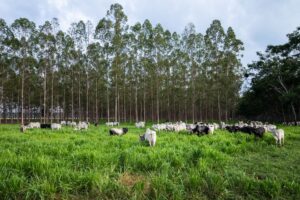
Can Brazil save the Amazon and produce enough beef to feed the world?
Restoring 40 million hectares of pasture could feed billions and ease pressure on the Amazon. Is the world paying attention?
The new U.S. dietary guidelines — created by the Department of Health and Human Services (HHS) — promote a reduction in red meat and full-fat dairy, which makes sense in a nation where overconsumption drives chronic disease. But what this advice fails to consider is that foods that may be considered excessive for some are a lifeline for others.
Before advocating for the reduction or elimination of certain foods, it is crucial to consider the stark gaps in food access — and the spectrum of nutritional realities — across the United States and the world.
While Americans generally enjoy abundant food options, 733 million people worldwide suffer from hunger and malnutrition. And in the low- and middle-income countries with the least access to nutrient-dense foods, meat and milk aren’t overconsumed; they’re scarce resources.
For example, in India, where roughly a quarter of the population is malnourished, the single serving of milk provided to many children at school is often their only reliable source of protein.
According to the World Health Organization (WHO), more than 148 million children under the age of five could be classified as “stunted” in 2022, with 45 million suffering from wasting and 37 million overweight. These forms of malnutrition stem directly from nutritional imbalances or deficiencies that animal-sourced foods can help address.

When you have limited access to food, every calorie counts. And for vulnerable populations — such as children, pregnant women and those recovering from illness or malnutrition — the nutritional value of animal protein is difficult to replace. That’s because animal-sourced foods deliver complete proteins, essential amino acids and critical micronutrients in forms that can be absorbed most efficiently by the body.
Foods like meat, milk and eggs deliver the highest nutritional density of many vital nutrients, including iron, zinc and vitamin B12. While it’s possible for those consuming well-planned plant-based diets to meet their nutrient needs with supplements, that is a luxury that remains unavailable to many. In rural or food-insecure areas, animal-sourced products are often the most direct path to nutritional adequacy.
While they were developed for Americans, the new U.S. dietary recommendations’ influence extends much further. These guidelines are reported on by international media, referenced in global nutrition research and can even affect nutrition strategies around the world. In short, what begins as national advice can also shape global perceptions of what a “healthy” diet should look like.

This unintended influence can have consequences when directives like “eat less red meat” or “limit dairy intake” spread without context, overlooking how diet can be connected to and impacted by geography, culture, economics and access — all factors that vary drastically worldwide.
So, while the majority of the U.S. can afford to reduce their consumption of foods like meat and milk, in many parts of the world, even a few servings of those very same foods per week enable people to thrive — and, in some cases, survive.
How can foods be perceived as harmful in one context but essential and even lifesaving in another?
Human diets are not simple enough for nutritional advice to be issued wholesale to entire populations. Our diets and the decisions we make are personal, cultural, economic and environmental. When we let food trends and dietary advice influence our choices — without doing the research first — we risk following guidance that may not serve our individual health, our values, or the broader nutritional realities of the world we live in.
Not all bodies need the same diets. Not all communities have the same access to food. And not all paths to good health look the same.
When consumed consciously and in appropriate portions, meat and dairy-based foods can be some of the most nutrient-dense, health-supportive components of a person’s diet. What matters most is how they’re produced, why they’re being consumed and whether they’re nourishing your body in a way that feels good to you.

Restoring 40 million hectares of pasture could feed billions and ease pressure on the Amazon. Is the world paying attention?
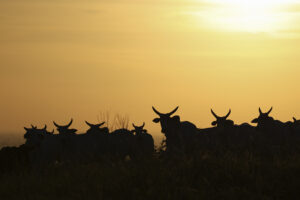
New mini-doc explores deforestation, food security and the Brazilian cattle sector’s path to a more sustainable future
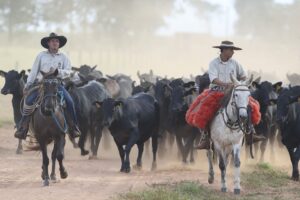
Mention Brazilian beef, and you’re likely to spark discussion about familiar themes: deforestation, emissions and blame. What do we find when we dig deeper? Here are the answers to five top questions about Brazil’s role in protecting the Amazon and feeding the world.
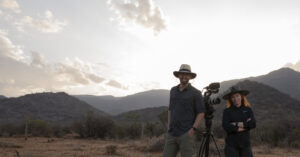
From science to the big screen: Discover how a single question grew into a global journey.
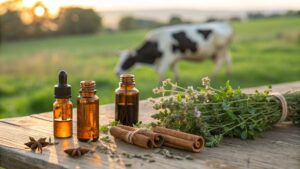
The role of essential oils like thyme, oregano and clove in reducing methane emissions from cattle.

Exploring the science of cows, climate change and how greenhouse gases move through the atmosphere
Receive notifications about the release date, new online content and how you can get involved